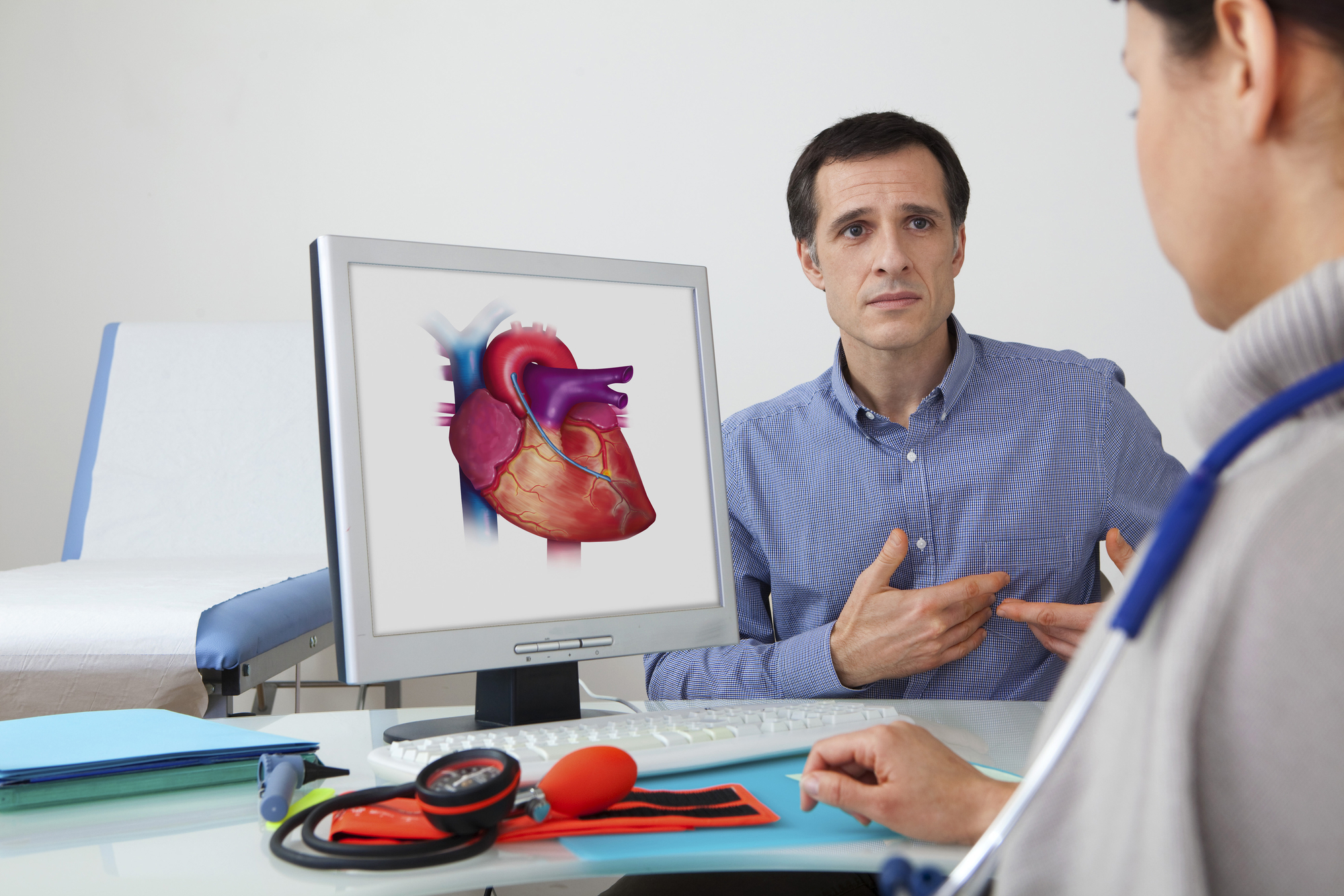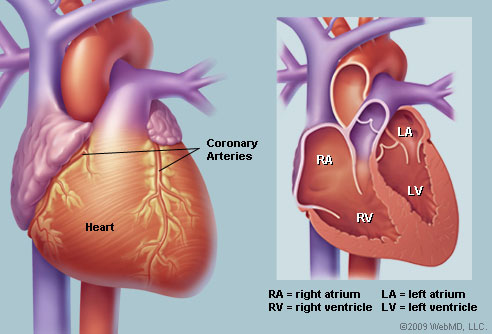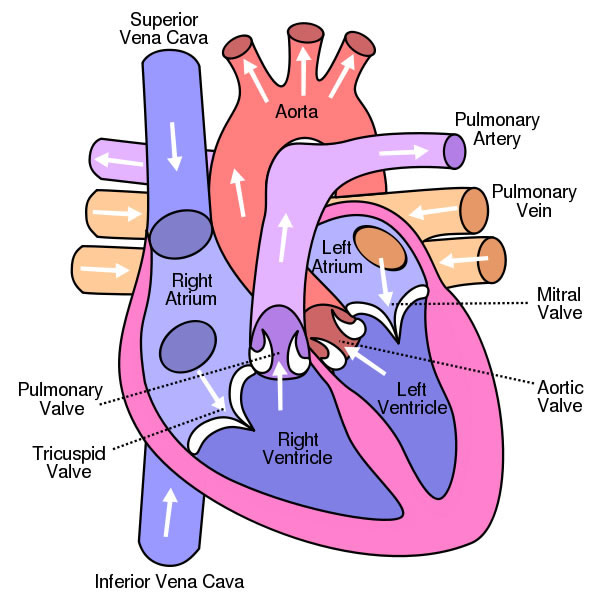How Does Your Heart Work?
04 January 2020

Did you know that the human heart has the most powerful muscle in the human body? It is made up of a special type of muscle called myocardium which occurs nowhere else in the body.
Understand more about our heart and how it works.
Our heart is shaped like an upside-down pear, weight about 200 – 420 grams, and is slightly bigger than our fist. It is located between the lungs, which is in the middle of the chest, and slightly to the left of our breast bone. The hardest working organ in our body, the heart beats approximately 72 times per minute, and works non-stop in pumping oxygenated blood to different parts of the body. The pumped blood also removes waste products from the body.
The heart has four chambers as seen in the diagram:


Here is a brief explanation on the different parts of our heart:
- Atria & Ventricles
- The right atrium receives blood from the veins and pumps it to the right ventricle.
- The right ventricle receives blood from the right atrium and pumps it to the lungs, where it is loaded with oxygen.
- The left atrium receives oxygenated blood from the lungs and pumps it to the left ventricle.
- The left ventricle (the strongest chamber) pumps oxygen-rich blood to the rest of the body. The left ventricle’s vigorous contractions create our blood pressure.
Valves
The heart features four types of valves: triscupid, pulmonary, mitral and aortic, which regulate the flow of blood through the heart. They permit blood flow in one direction only, and prevent backflow of blood.
Blood Vessels
The blood vessels in our heart transport oxygenated blood from the heart to the rest of the body (via the lungs), and collect deoxygenated blood from the different organs and take it to the heart for oxygenation (which takes place in the lungs).
There are two types of blood vessels: arteries and veins.
Arteries
Arteries basically carry blood away from the heart to the tissues of the body, except for the pulmonary artery, that takes deoxygenated blood to the lungs for oxygenation. Arteries are smooth on the inside and tough on the outside. Their muscular wall helps the heart to pump blood.
Veins
Veins are like arteries, however, are not as strong as arteries as they do not have to transport blood at high pressure. After the exchange of carbon dioxide and oxygen takes place between the arteries and capillaries, the blood containing waste products is received by the veins.
Tags: heart






